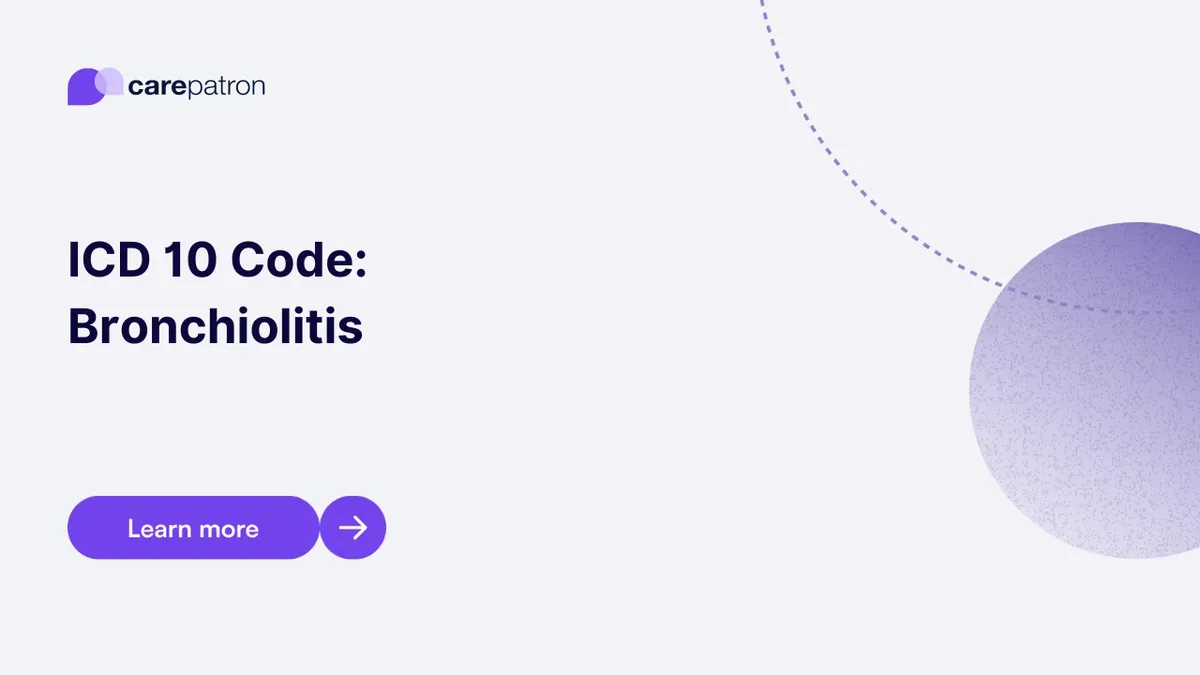
Bronchiolitis ICD-10-CM Codes | 2023
Explore the essential ICD-10 codes for Bronchiolitis diagnosis and billing. Stay updated with the latest coding guidelines for accurate medical documentation.
Use Code
Commonly asked questions
When diagnosing a patient with Bronchiolitis or when documenting a patient's medical history with this condition.
Supportive care, including hydration, oxygen therapy (if needed), and ensuring the patient has open airways.
It provides a standardized way to document and categorize Bronchiolitis's specific type and cause for clinical and billing purposes.
EHR and practice management software
Get started for free
*No credit card required
Free
$0/usd
Unlimited clients
Telehealth
1GB of storage
Client portal text
Automated billing and online payments
